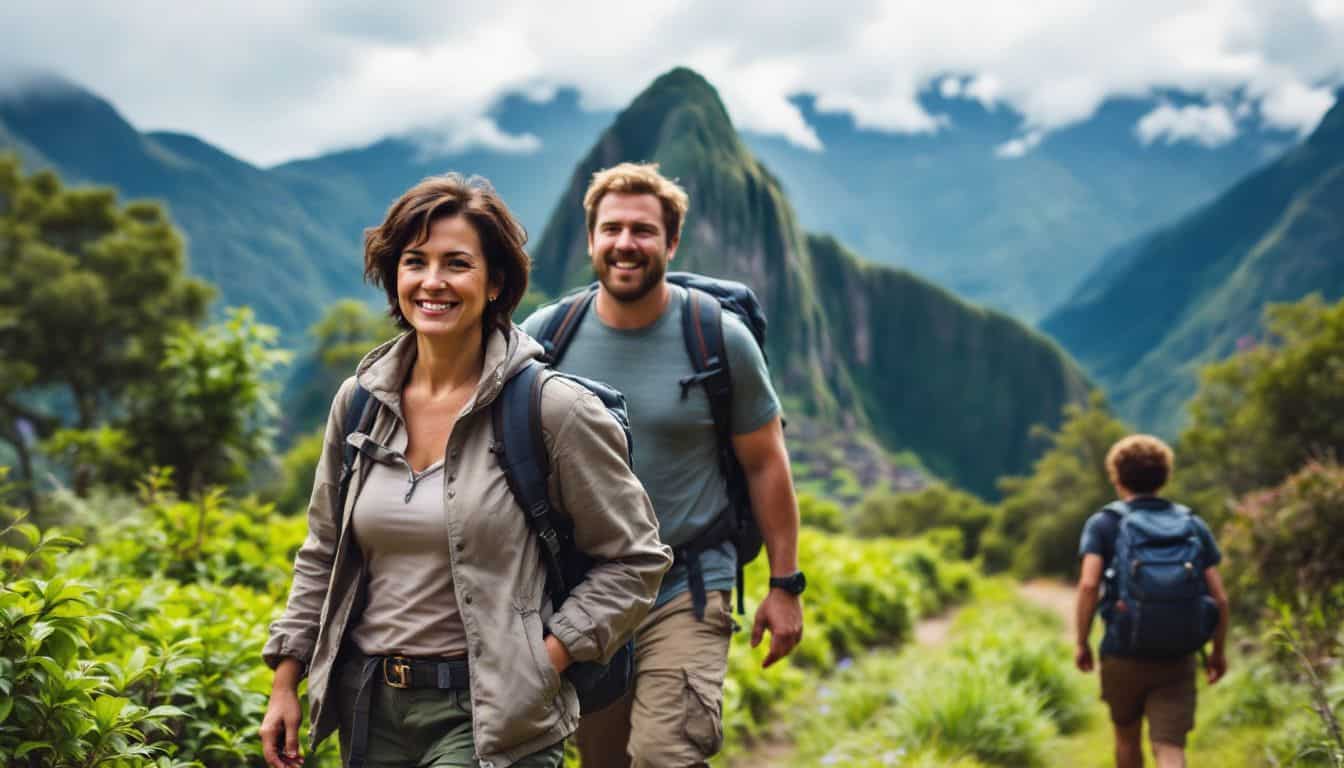Planning how to go to Machu Picchu can feel overwhelming at first. This ancient Incan city sits high in Peru’s Andean Mountains at 7,972 feet above sea level. I will show you four simple steps to reach this amazing UNESCO site without stress or confusion.
These clear directions will take you from your home right to the famous Sun Gate.
Key Takeaways
Getting to Machu Picchu takes four main steps: flying to Lima, traveling to Cusco, taking a train to Aguas Calientes, and catching a bus to the ruins.
Entry tickets cost $42 for adults and $20 for students, with nine daily time slots from 6 AM to 2 PM. The site allows 4,044 visitors per day across five different touring circuits.
Trains run daily from Cusco to Aguas Calientes, taking 3.5 to 4.5 hours and costing $55-$70 for basic tickets. Shuttle buses ($24 round-trip) then take visitors on a 30-minute ride to Machu Picchu.
The Classic Inca Trail spans 31 miles over 4 days and costs $600-$1,500, while shorter options like the KM104 Trek (7 miles, 2 days) cost $250-$350.
Smart travelers should spend 2–3 days in Cusco to adjust to the high altitude (11,152 feet), drink coca tea, and avoid alcohol during the first days of their visit.
Table of Contents
Steps to Reach Machu Picchu
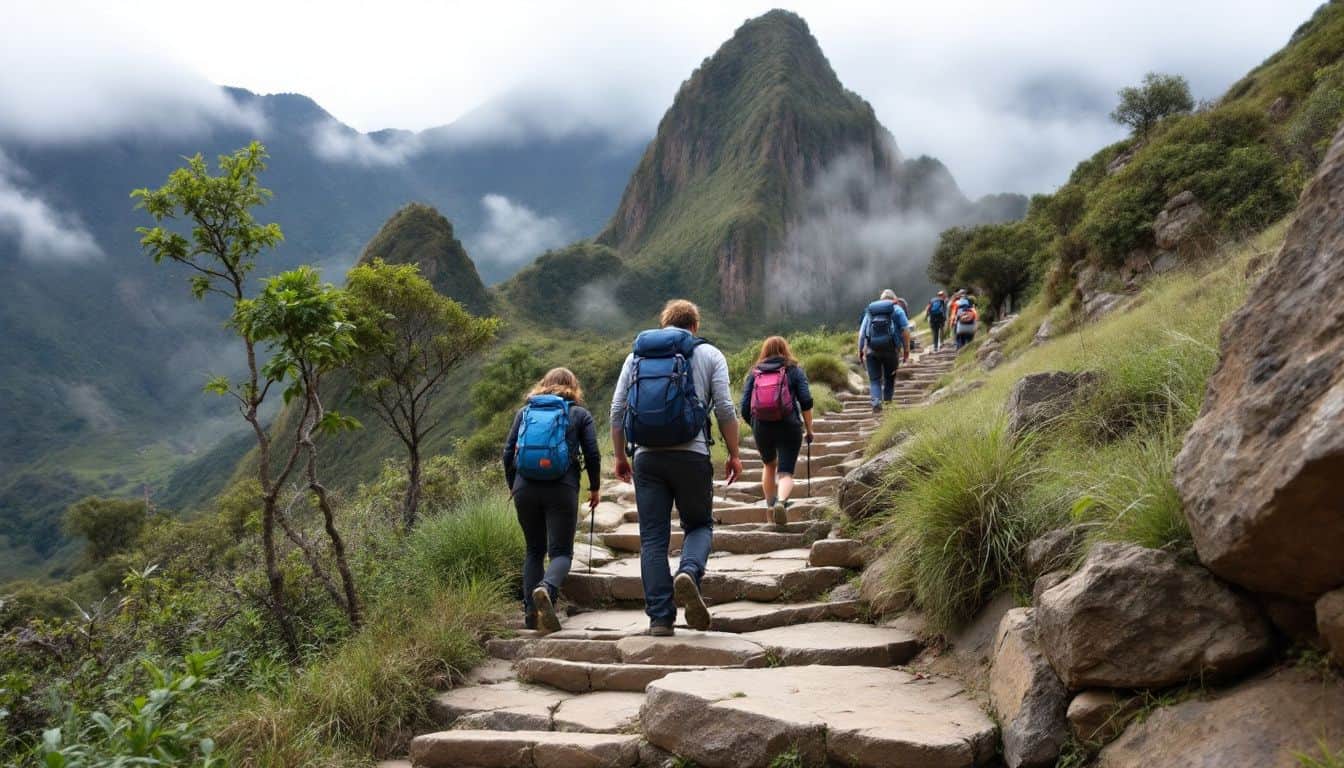
Getting to Machu Picchu takes four clear steps that start from your arrival in Peru. The path leads through Cusco’s ancient streets and the Sacred Valley, up to the mist-covered ruins that sit high in the Andean foothills.
Step 1: Arrive in Peru
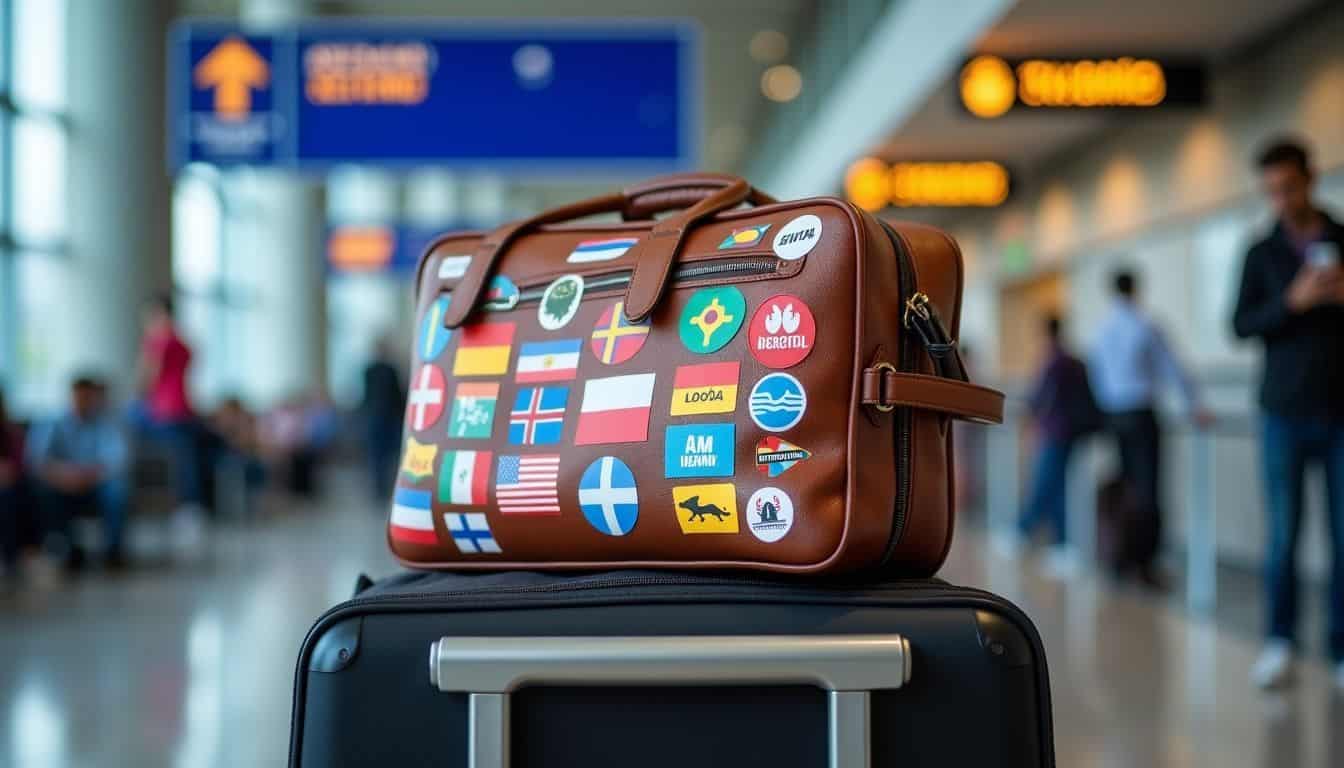
Lima serves as your gateway to Peru’s ancient wonders. Most international flights land at Jorge Chávez International Airport in Lima. From there, a quick 1.5-hour domestic flight takes you straight to Cusco, the historic capital of the Incan Empire.
The flight path offers stunning views of the Andean foothills and cloud forests below.
Peru greets you with open arms and ancient mysteries waiting to be discovered.
Your first stop in Peru starts with a smooth arrival process. The Lima airport offers clear signs in English and Spanish, plus helpful staff to guide you. Many airlines fly direct routes from major U.S. cities to Lima daily.
Pack light layers for the varied climate zones you’ll pass through. The altitude changes from sea level in Lima to 11,152 feet in Cusco require smart planning for your comfort.
Step 2: Travel to Cusco

Most flights to Cusco depart from Peru’s capital city. The trip takes about 1 hour and 20 minutes through the Andean region. Cusco sits at a high altitude of 11,000 feet above sea level.
Your body needs time to adjust to this height. Smart travelers stay in Cusco for two or three nights before going to Machu Picchu.
The Sacred Valley offers a perfect spot to get used to the thin air. Many hotels serve free coca tea to help with altitude effects. Skip alcohol during your first days here – it makes adjustment harder.
The Alejandro Velasco Astete International Airport welcomes flights daily. You’ll find plenty of taxis right outside to take you to your hotel. The San Blas neighborhood gives you great views of the city’s red roofs and ancient Incan walls.
Step 3: Journey from Cusco to Aguas Calientes
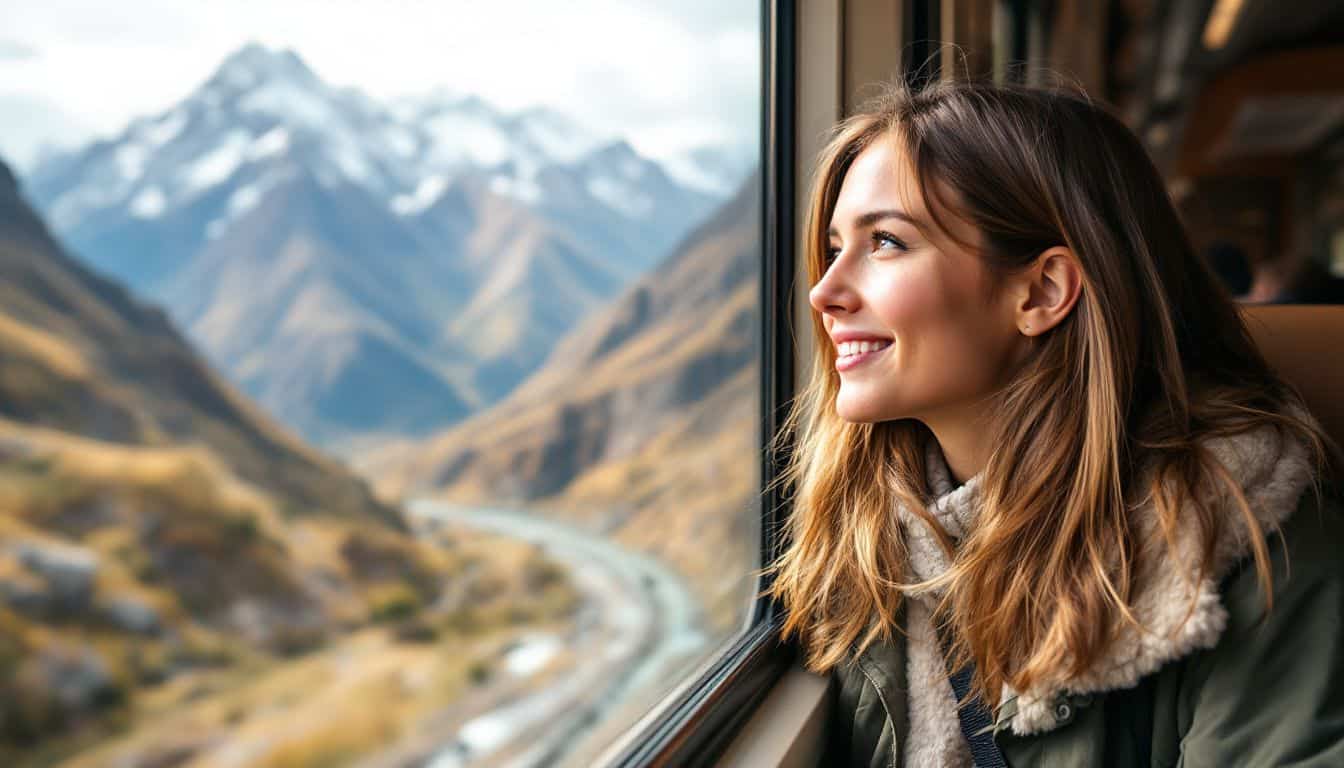
The train ride from Cusco to Aguas Calientes shows stunning views through panoramic windows. Peru Rail and Inca Rail run daily trips that take 3.5 to 4.5 hours, based on your starting station.
Basic tickets cost between $55-$70, making this scenic route budget-friendly for solo female travelers. The trains pass through the sacred Urubamba Valley, offering perfect photo spots of the Andes Mountains.
Train options accommodate different comfort needs and schedules. Peru Rail’s Vistadome train features huge windows for mountain views, while Inca Rail provides comfortable seats with snack service.
Both companies run trains from early morning until late afternoon. The rail journey ends at Machu Picchu Pueblo station in Aguas Calientes, right at the base of the ancient Incan ruins.
Step 4: Aguas Calientes to Machu Picchu
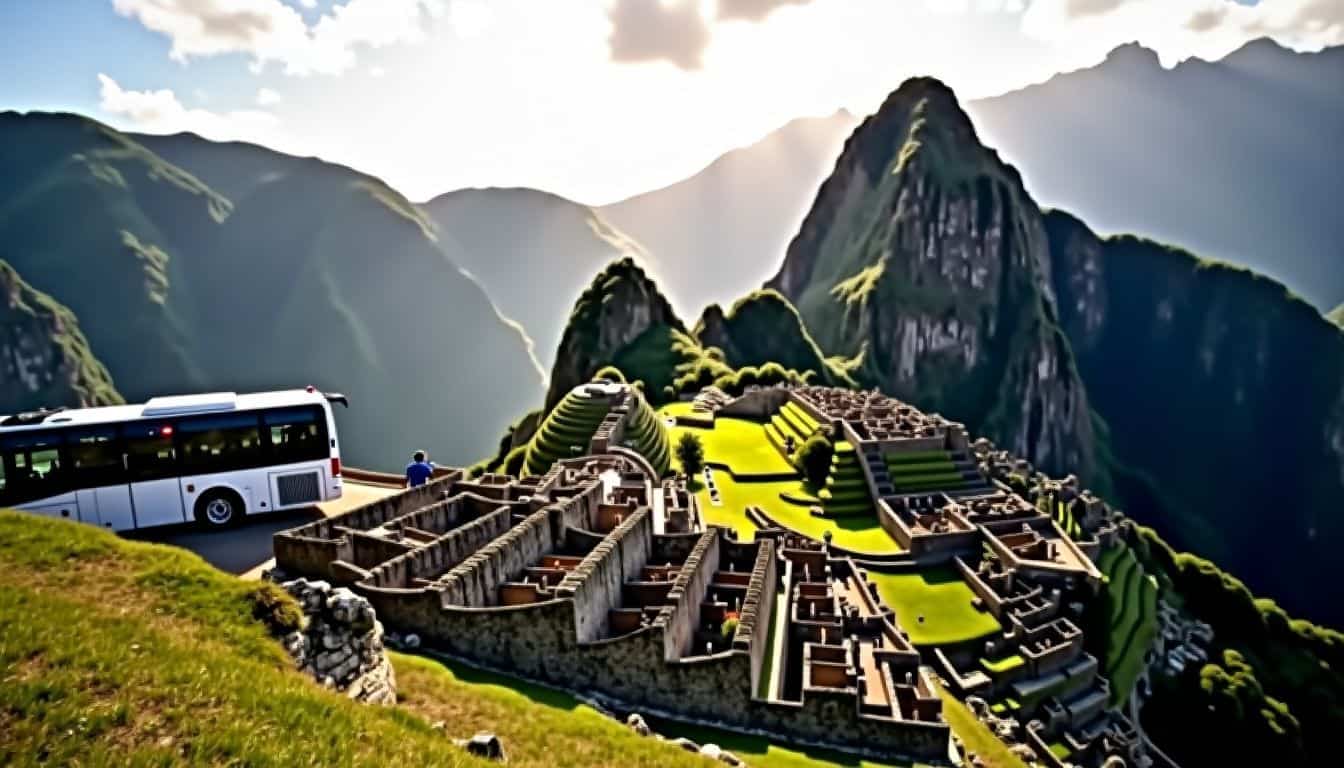 Shuttle buses run from Aguas Calientes to Machu Picchu every 30 minutes. Foreign adults pay $24 for a round-trip ticket, while children ride for $12. Most visitors catch the first morning bus to see the sunrise over the ancient ruins.
Shuttle buses run from Aguas Calientes to Machu Picchu every 30 minutes. Foreign adults pay $24 for a round-trip ticket, while children ride for $12. Most visitors catch the first morning bus to see the sunrise over the ancient ruins.
Smart travelers book their bus tickets early to avoid long lines at the station.
Start your day before dawn – the morning mist over Machu Picchu creates pure magic.
Many guests stay overnight in Aguas Calientes to catch the earliest bus up the mountain. This 20-30 minute zigzag ride takes you through lush cloud forests and steep switchbacks. Buses start running at 5:30 AM, perfect timing for those who want to enter Machu Picchu right as it opens.
Early birds avoid both the midday heat and crowds at this famous Incan site.
Transportation Options
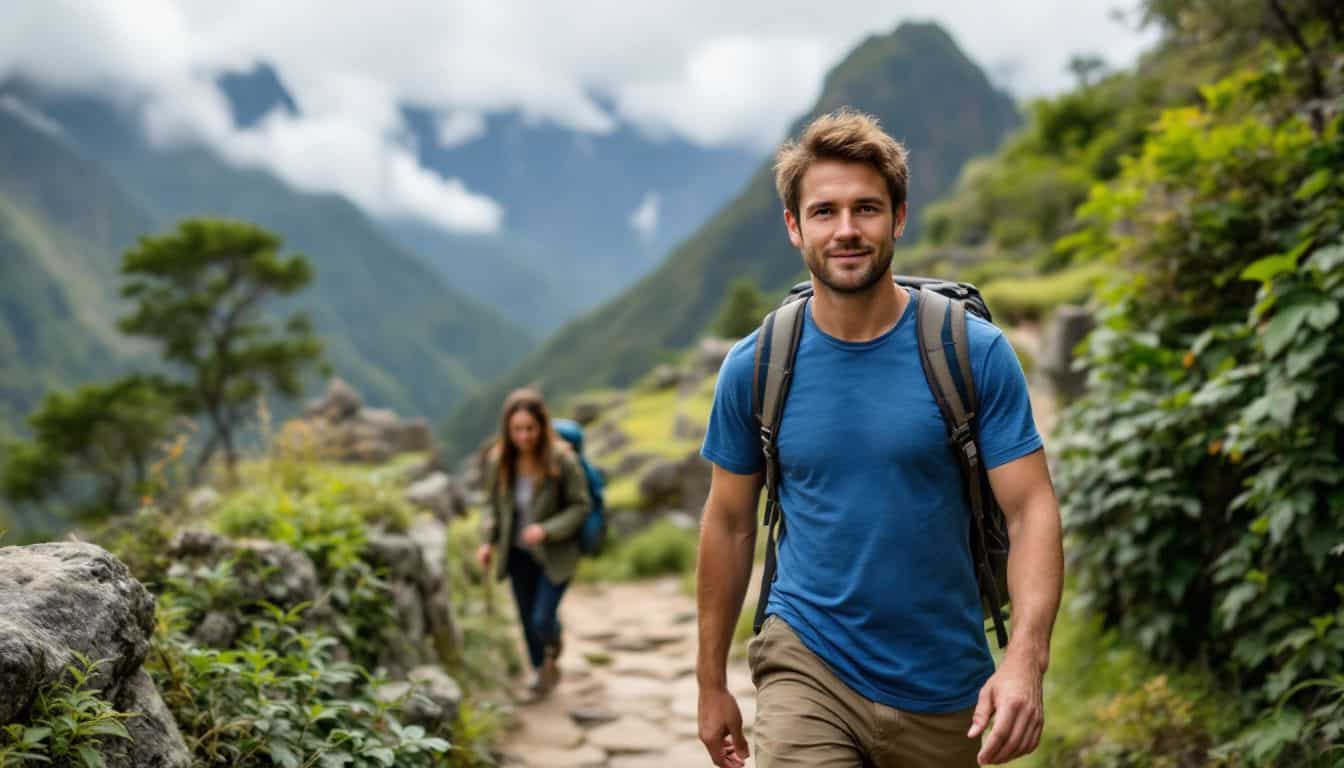
You can reach Machu Picchu by train, bus, or on foot through ancient Incan roads – each option offers its own mix of comfort and adventure, so read on to find the perfect way up to this mountain citadel.
Trains to Aguas Calientes

Trains offer the most scenic path to reach Aguas Calientes from Cusco. Several train services run daily through the stunning Urubamba Valley, making the 3.5-hour trip both relaxing and beautiful.
- Peru Rail operates standard trains with comfy seats and large windows at $55-$70 per ride. Prices change based on seasons and demand.
- The Machu Picchu 360° train experience features panoramic windows and an observation car for amazing valley views.
- Luxury lovers adore the Belmond Hiram Bingham train with its elegant dining cars and live music. This premium service includes meals and drinks.
- Most trains leave from Poroy station, just 20 minutes from Cusco city center. A taxi ride costs about $10.
- Early morning trains give the best mountain views before clouds roll in. Book the 6:00 AM departure for clear skies.
- Trains stop at Ollantaytambo station, letting travelers explore this ancient Inca town before continuing to Aguas Calientes.
- Each passenger can bring one small bag (11 lbs max) on board. Pack light and store extra bags at your Cusco hotel.
- Train seats fill up fast in peak season (June-August). Book tickets at least two months ahead for best prices.
- PeruRail offers online booking with instant confirmation. Print tickets or save them on your phone.
- The train ride follows the rushing Urubamba River through narrow valleys and past snow-capped peaks.
Buses from Aguas Calientes to Machu Picchu
Buses offer the most popular way to reach Machu Picchu from Aguas Calientes. Many travelers pick this option for its comfort and speed.
- Shuttle buses start running at 5:30 AM from the main bus station in Aguas Calientes. Each bus holds about 30 people and runs until 3:30 PM daily.
- Your round-trip bus ticket costs $24 as a foreign adult visitor. Kids get a better deal at $12 for their round-trip ride.
- Fresh buses leave the station every 10 minutes during regular hours. Early birds catch more frequent rides, with buses running every 5 minutes in peak morning hours.
- The bus ride takes 30 minutes up the winding mountain road. You’ll see amazing views of the Urubamba River valley during your climb.
- No advance booking is needed for bus tickets. You can buy them right at the station with cash or card.
- Lines get long fast, especially during peak season from June to August. Smart travelers show up 30-45 minutes before their planned departure.
- Each bus follows strict safety rules on the zigzag road to Machu Picchu. The drivers know every turn and curve by heart.
- The final bus down from Machu Picchu leaves at 5:30 PM sharp. Make sure to catch one before then to avoid a long walk back.
- The bus station sits right next to the artisan market in Aguas Calientes. You can grab some snacks or water before your ride.
Hiking Routes
Machu Picchu offers several hiking routes for women who love outdoor adventures. Each trail brings its own mix of challenge and beauty through the Andes Mountains.
- The Classic Inca Trail spans 31 miles over 4 days, taking you through ancient stone paths and cloud forests. This popular trek costs between $600-$1,500 and needs booking 6 months ahead due to permit limits.
- KM104 Trek serves as a shorter option at 7 miles over 2 days. This trek fits well for busy schedules and costs $250-$350, perfect for first-time hikers in Peru.
- Salkantay Trek leads past the stunning Salkantay Mountain through varied landscapes. This route offers a less crowded path to Machu Picchu with amazing views of snow-capped peaks.
- Lares Trek shows off local village life and hot springs along the way. This path lets you meet native communities and see how they weave traditional textiles.
- Choquequirao Trek takes you to the “Sacred Sister” site of Machu Picchu. This remote trail gives you peace and quiet away from tourist crowds.
- The Inti Punku trail leads to the Sun Gate, offering classic views of Machu Picchu. This day hike works great for those staying in Aguas Calientes.
- Huayna Picchu climb takes you up the steep mountain behind Machu Picchu. This tough but rewarding hike needs special permits and gives amazing bird’s eye views.
- Machu Picchu Mountain trail offers an alternative to Huayna Picchu. This path gives wider views of the ruins and surrounding valleys.
Trekking to Machu Picchu
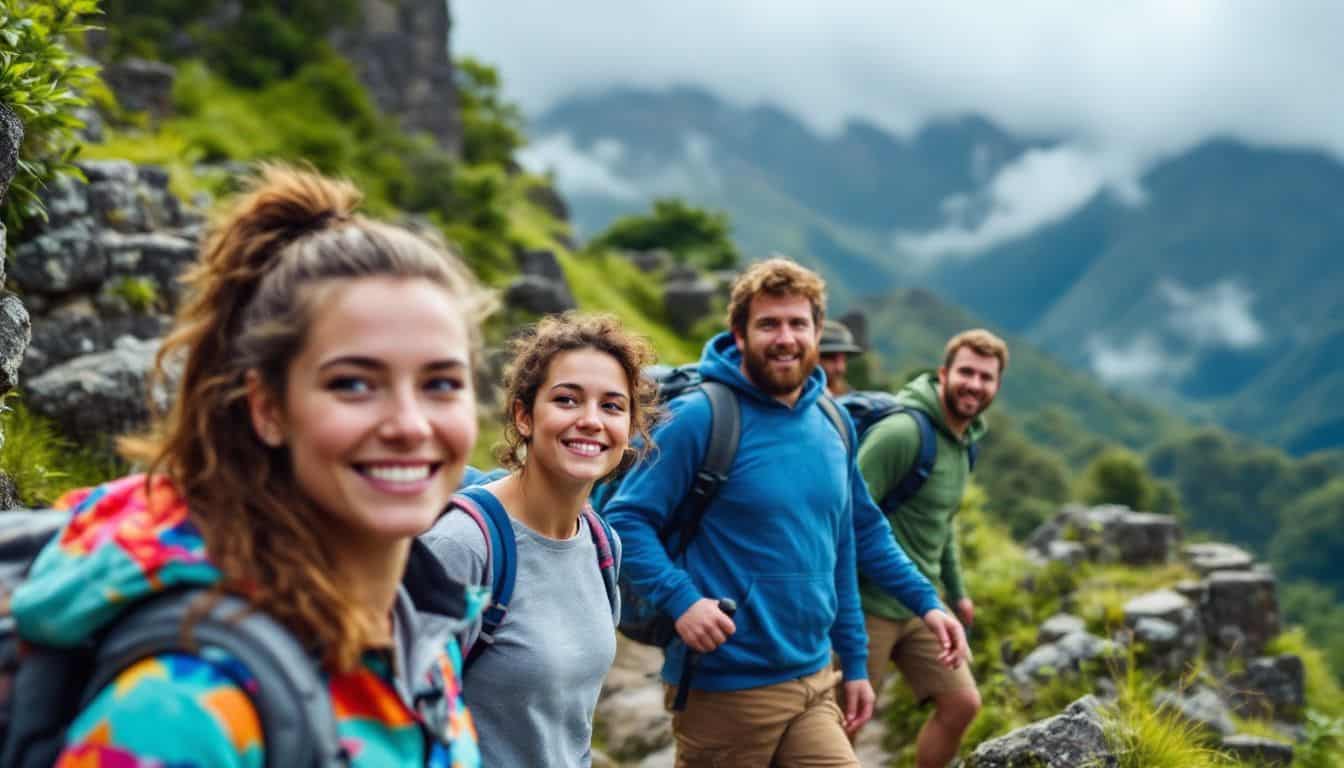
You can reach Machu Picchu through several famous hiking trails that wind through the Andes Mountains. Each trek offers a different view of Peru’s stunning landscapes, from snow-capped peaks to ancient Incan ruins along the Camino del Inca.
The Inca Trail
The Inca Trail stands as Peru’s most famous trek, stretching 31 miles through ancient stone paths. This classic route takes four days to complete and reaches heights of 14,435 feet at Dead Woman’s Pass.
Serious hikers must book their spots six months ahead since the trail limits daily visitors. The path winds through cloud forests and past old Incan ruins before reaching Machu Picchu.
Many female travelers pick guided tours, which cost between $600 to $1,500 and include camping gear, meals, and porters.
My trek along the Inca Trail showed me why proper altitude acclimatization matters so much. The trail connects to several amazing spots where travelers can do in the rainforest activities.
The stone steps and steep climbs test even fit hikers, but the views make every step worth it. The trail passes through the Intipunku (Sun Gate) and offers the first glimpse of Machu Picchu.
Smart trekkers bring insect repellent and rain gear, since weather changes fast on the mountain paths.
The Inca Trail teaches you that the best views come after the hardest climbs.
Salkantay Trek
Salkantay Trek stands as a thrilling path to Machu Picchu, stretching 69 kilometers through Peru’s stunning landscapes. This five-day trek takes hikers past snow-capped peaks and reaches heights of 4,630 meters above sea level.
Most women pick this route as a less crowded option to reach the ancient Incan ruins. The trek costs about $939 for two people, making it a budget-friendly choice for female travelers.
Many solo female hikers love this trek because local guides make safety a top focus. The trail winds through varied terrain, from high mountain passes to lush rainforest zones. Smart packing helps beat altitude sickness at these heights.
Warm layers, rain gear, and good hiking boots make up key items for this mountain adventure. Most trek groups include meals, camping gear, and porter support in their basic package.
Lares Trek
The Lares Trek offers a perfect mix of culture and natural beauty for solo female travelers. This four-day adventure costs $600 and takes you through stunning Andean villages. Local women in bright traditional dress weave colorful textiles right on the trail.
The path leads past clear mountain lakes and relaxing hot springs where you can soak your tired muscles.
Female guides make this trek extra special with their deep knowledge of Peruvian customs. You’ll sleep in cozy lodges each night after walking 6–8 hours per day. The trek shows off real village life away from tourist crowds, making it safer and more peaceful than other routes.
Many women pick this trek because it mixes easy hiking with authentic cultural experiences. The natural hot springs help tired muscles recover each evening after the day’s walk.
Choquequirao Trek
The Choquequirao Trek stands as a tough yet rewarding path through Peru’s sacred valleys. This trek covers 46.6 miles of rugged terrain from Cusco, making it perfect for strong hikers who love off-path adventures.
National Geographic named it a must-do trek in 2021, praising its mix of nature and Incan history.
Experienced trekkers will find this route less crowded than other Machu Picchu paths. Most days start early with steep climbs through cloud forests and ancient Incan ruins. Girls should pack solid hiking boots, rain gear for sudden showers, and plenty of water.
Stops at local villages offer chances to rest and taste authentic Peruvian cuisine while meeting friendly locals.
Ticket Information
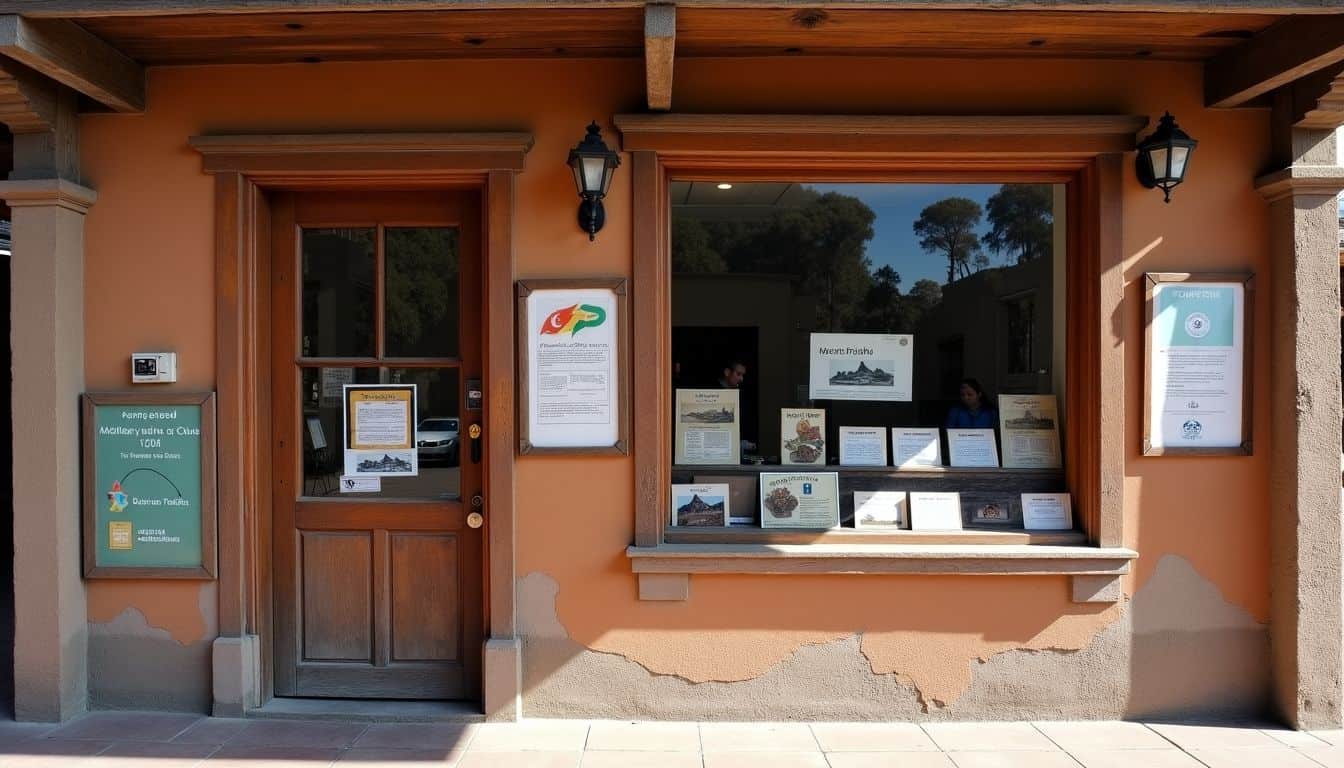
You can buy your Machu Picchu tickets online through the official Peru government website or at the ticket office in Cusco – get ready to learn the exact steps to secure your spot at this amazing Incan site!
How to Purchase Machu Picchu Tickets
Booking tickets to Machu Picchu needs quick action and smart planning. The entrance fee costs $42 for adults and $20 for students with valid ID cards. My recent trip taught me that peak season tickets sell out fast, so grab yours 6–8 weeks before your planned visit.
The official Peru government website offers direct booking, making the process clear and simple.
Special hikes like Huayna Picchu or Machu Picchu Mountain cost extra at $200 per adult. Each ticket comes with a specific entry time slot that visitors must follow strictly. The site limits daily visitors to protect this ancient Incan wonder from overtourism.
Getting ready for the altitude changes comes next in your planning process.
Entry Time Slots and Regulations
Machu Picchu opens its gates through nine daily time slots, starting at 6 AM until 2 PM. Each visitor must pick one entry time and stick to it – no exceptions. The sacred site allows 4,044 people per day to explore its wonders.
Five different circuits offer unique paths through the ruins. Circuit 1 takes two hours, perfect for a complete site overview. Circuit 2 spans three hours for those wanting deeper exploration.
Circuit 3 runs 1.5 hours, ideal for quick visits. Circuit 4 needs 2.5 hours and shows off special viewpoints. Circuit 5 lasts 1.5 hours and focuses on key structures.
Your ticket gives you access to specific areas based on your chosen circuit. The rainy season brings special rules to protect both visitors and the ancient Incan structures. Guards check tickets at multiple checkpoints, so keep yours handy at all times.
Smart travelers arrive 30 minutes before their slot to avoid missing entry times. Now, let’s look at some essential travel tips to make your Machu Picchu visit even better.
Travel Tips for a Smooth Journey
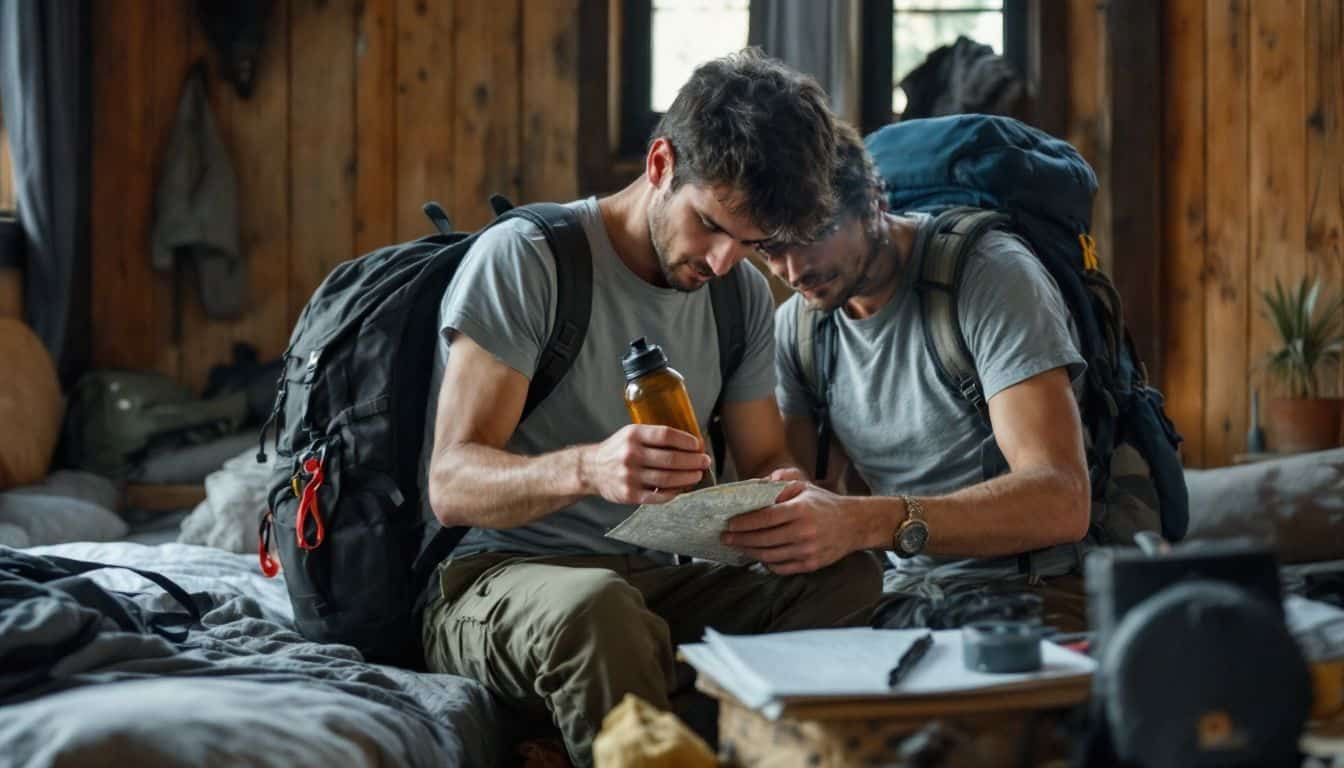
Smart travelers need to prep their bodies and gear before climbing to Machu Picchu’s 7,972-foot heights – read on to learn the exact steps that will make your visit smooth and safe.
How to Get Acclimated to Altitude
High altitude hits hard at Cusco’s 11,155 feet elevation. Your body needs time to adjust to the thinner air. Most visitors feel nausea, headaches, and trouble breathing during their first days in Cusco.
Take it slow for the first 48 hours after arrival. Stay hydrated with plenty of water throughout the day. Avoid alcohol completely during this adjustment period.
Local remedies work well for altitude comfort. Sip coca tea, a traditional Incan cure that helps with mountain sickness. Rest often between activities to let your body adapt. Light walks around your hotel area help build stamina gradually.
Many travelers find relief by staying first in Aguas Calientes at 6,700 feet before moving up to Cusco. This gentle approach gives your body time to get used to higher elevations step by step.
What to Pack for Machu Picchu
Smart packing makes your Machu Picchu trip more fun and comfortable. Your bag needs to fit the rules while keeping you ready for any weather at this amazing Incan site.
- A small backpack under 20L – Large bags aren’t allowed inside Machu Picchu
- Your passport – Guards check this at the entrance, no exceptions
- Valid entry tickets – Print these ahead and keep them dry
- Water in a reusable bottle – Stay hydrated at high altitude
- Cash in small bills – Many places don’t accept cards
- Light rain jacket – Weather changes fast in the Andes
- Sunscreen and hat – The sun hits hard at this altitude
- Comfortable walking shoes – You’ll walk miles on uneven stones
- Bug spray – Mosquitoes love tourists near the Amazon rainforest
- Light snacks – Food inside costs more than in Cusco
- Camera or phone – No professional cameras or tripods allowed
- Basic first aid items – Band-aids and altitude sickness pills help
- Toilet paper – Bathrooms often run out
- Hand sanitizer – Keep germs away while exploring
- Light layers – Temperatures swing from cool to warm fast
The list focuses on essentials that meet site regulations while keeping you comfortable. Each item serves a specific purpose for your visit to this ancient Incan city.
Nearby Places to Explore

Machu Picchu sits near many hidden gems, from the hot springs of Aguas Calientes to the ancient streets of Cusco – read on to find out what makes these spots special!
Aguas Calientes Attractions
Aguas Calientes offers perfect spots to unwind after your Peru adventures. The Baños Termales hot springs stand out as a top attraction, where you can soak in mineral-rich waters for just 20 soles.
These natural thermal pools help tired muscles recover from hiking and sightseeing. The local butterfly sanctuary brings you close to Peru’s colorful winged creatures.
The town serves up tasty treats at popular spots like Indio Feliz and Mapacho Craft Beer Restaurant. Local souvenir markets line the streets, packed with handmade crafts and textiles.
These markets give you a chance to pick up unique gifts while supporting local artisans. The mix of food, relaxation, and shopping makes Aguas Calientes more than just a gateway to Cusco’s famous ruins.
Cusco Landmarks
Moving beyond Aguas Calientes, Cusco holds ancient treasures that tell stories of the Incan empire. The city stands as Peru’s archaeological capital, with stunning landmarks at every corner.
The massive Sacsayhuamán fortress sits above Cusco, built with huge stones that weigh up to 361 tons. Local guides say these stones fit so tight that not even a piece of paper can slip between them.
The grand Qorikancha temple sparkles as Cusco’s crown jewel. This Temple of the Sun once gleamed with real gold covering its walls. Today, visitors can explore its precise stonework and learn about Incan astronomy.
The bustling San Pedro Market brings local culture to life with more than 1,000 stalls. Fresh fruits, handmade crafts, and colorful textiles fill this vibrant space. These landmarks show why Cusco remains a must-see stop before heading to Machu Picchu.
Accessibility for Different Travelers
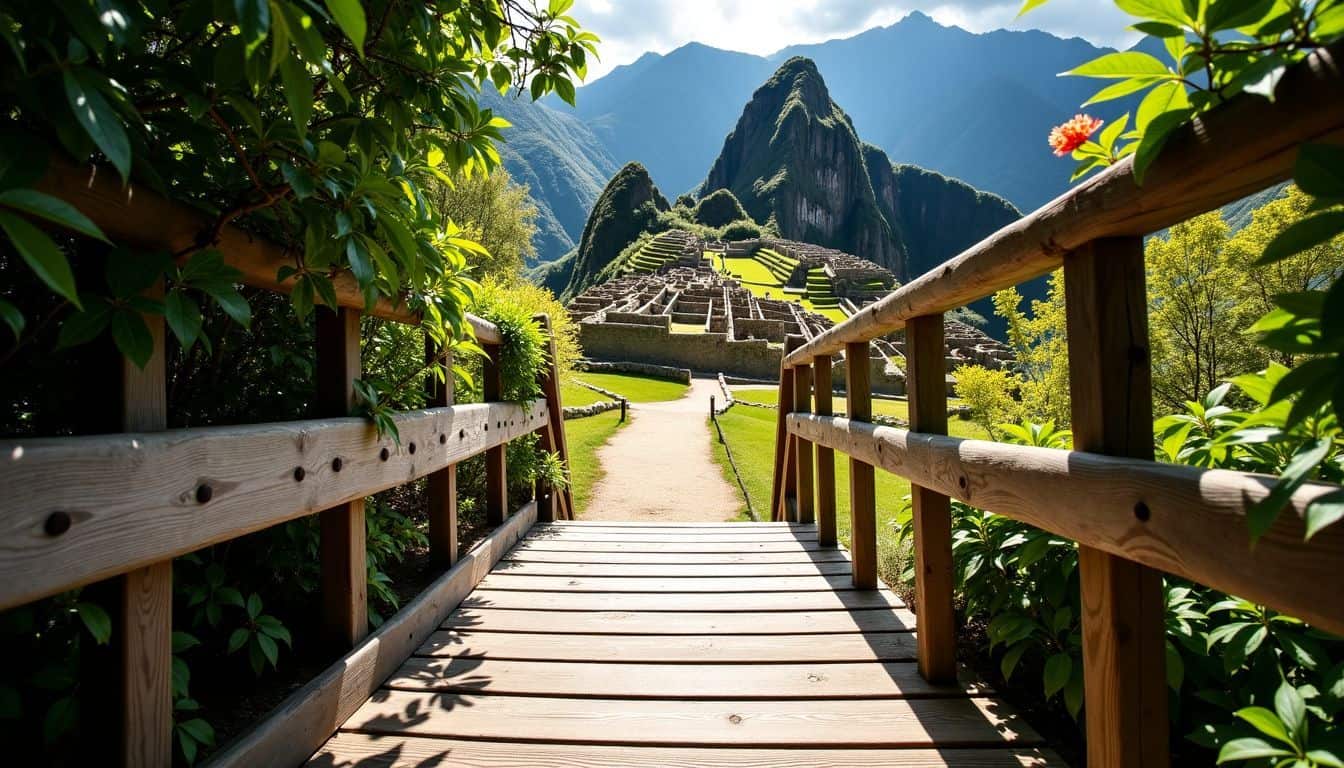
Machu Picchu welcomes all visitors – from seniors who need extra support to families with small kids – and you’ll find helpful guides, clear paths, and special services to make your visit smooth…
Read on to learn how to plan your perfect trip to this amazing Incan site!
Physical Accessibility
Machu Picchu offers great access for visitors with mobility needs. Special buses run from Aguas Calientes to the ancient site with wheelchair lifts and secure spaces. The trains to Cusco feature wide doors and dedicated spots for wheelchairs.
Many tour groups now provide trained staff to help guests with different physical abilities explore the ruins.
The main viewing areas at Cusco’s famous landmark have smooth paths and resting spots. Guides know the best routes to avoid steep steps while still seeing amazing Incan architecture.
Families with older adults or those using mobility aids can still enjoy most key spots at the site. Next, let’s look at some helpful tips for families and senior travelers.
Tips for Families and Seniors
Families and seniors need special care during trips to high-altitude sites like Machu Picchu. Smart planning makes the trip fun and safe for everyone in your group.
- Book afternoon entry tickets around 1:30 PM to avoid morning crowds and allow a relaxed start to your day
- Stay in Cusco for at least 2 days before your visit to help everyone adjust to the altitude, especially kids and older adults
- Pack light snacks, water bottles, and basic medical supplies in a day bag for quick access during the tour
- Request a front seat on the bus ride up to reduce motion sickness, which affects many seniors and children
- Take regular breaks at the benches near Intihuatana stone during your tour of the ruins
- Hire a local guide who speaks your language and has experience with family groups
- Choose the shorter circuit routes that avoid steep climbs but still show the main attractions
- Bring rain gear even on sunny days since rainfall can start quickly at any time
- Pick hotels in Aguas Calientes that offer family rooms and elevator access
- Schedule rest stops at the eateries near the site entrance for bathroom breaks and snacks
- Use the shuttle services from Cusco hotels to the train station to avoid walking with luggage
- Book rooms at Tambo del Inca or similar hotels that offer oxygen supplies for altitude issues
- Plan your visit during April or September when the weather is mild and crowds are smaller
- Ask your hotel to arrange porter service for carrying bags between transport points
- Look for restaurants with kids’ menus in both Cusco and Aguas Calientes
People Also Ask
What’s the best way to get to Machu Picchu?
Start by flying into Cusco International Airport. From Cusco, Peru, take a train to the ancient site. Many visitors spend time in the cities of Cusco first, helping them get used to the high altitude before visiting this Incan wonder.
How long should I stay to see everything at Machu Picchu?
Plan at least two days. This gives you time to explore the main ruins, Huchuy Picchu, and maybe climb Wayna Picchu. The site has many treks that show off views once enjoyed by rulers like Manco Capac.
Do I need to worry about altitude sickness?
Yes. Machu Picchu sits high in the mountains. Start by spending 2–3 days in Cuzco for acclimatizing. Drink lots of water and take it slow – this is key for sustainable tourism at this height.
What’s the history behind Machu Picchu?
The Incans built this city, which stayed hidden until Agustin Lizarraga found it. It served as a royal estate near Vilcabamba. Writers like Garcilaso wrote about similar Inka cities, but Machupicchu remained a secret for centuries.
What’s the best time to visit Machu Picchu?
Visit between April and October during the dry season. This is when the Inca Bridge and other paths are safest to walk. The weather is better for hiking and taking in views of places like Colca Canyon in the distance.
References
https://horizonguides.com/guides/peru-ruins/how-to-get-to-machu-picchu
https://activeadventures.com/blog/everything-you-need-to-know-about-how-to-get-to-machu-picchu/
https://www.ticketmachupicchu.com/how-get-aguas-calientes-machu-picchu/
https://www.machupicchu.org/getting-to-machu-picchu-travel-info-transportation.htm
https://www.ticketmachupicchu.com/buy-bus-tickets-aguas-calientes-machu-picchu/
https://peruways.com/the-bus-to-machu-picchu-a-stress-free-way-to-reach-the-ancient-citadel/
https://www.machupicchutrek.net/how-to-get-to-machu-picchu/
https://activeadventures.com/blog/hike-perus-classic-inca-trail-to-machu-picchu/
https://www.alpacaexpeditions.com/lares-trek-to-machu-picchu-4d3n/
https://iantaylortrekking.com/inca-trail/choquequirao-trek-to-machu-picchu/
https://www.peru-explorer.com/unlock-machu-picchu-a-step-by-step-guide-to-securing-tickets.htm
https://impactful.travel/visit-machu-picchu-stress-free-this-2022/ (2025-01-14)
https://happygringo.com/blog/machu-picchu-entry-tickets-peru/
https://www.karikuy.com/breathtaking-elevation-of-machu-picchu/ (2023-09-27)
https://www.machupicchu.org/essential-machu-picchu-travel-tips-for-a-smooth-journey.htm
https://www.apus-peru.com/blog/machu-picchu-packing-list/
https://www.nickkembel.com/aguas-calientes-things-to-do/ (2023-06-14)
https://www.peru-explorer.com/top-10-cuzco-landmarks-you-must-visit-in-peru.htm
https://www.ticketmachupicchu.com/people-disabilities-visit-machu-picchu/
https://www.machupicchu.org/family-travel-to-machu-picchu-2025-tips-for-adventure.htm (2024-11-24)
